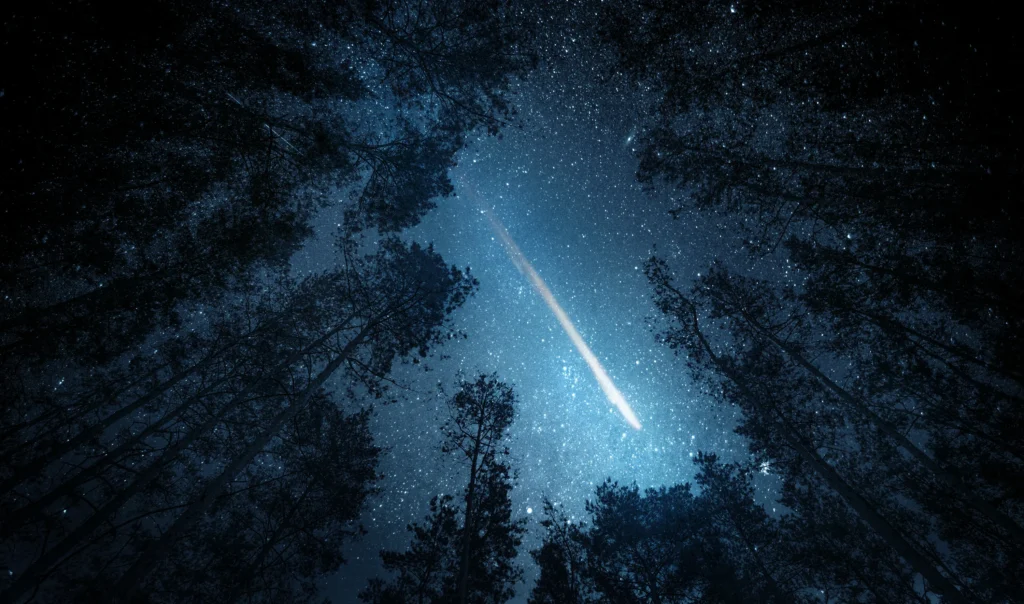Newsmatro

A remarkable fireball meteor graced the skies of the Mid-Atlantic region in the United States on Sunday night, leaving hundreds of mesmerized witnesses who quickly reported their sightings to the American Meteor Society.
The meteor is believed to have first appeared around 9:20 p.m. local time, approximately 47 miles above Forest Hill, Maryland. It streaked northwestward across the sky at a breathtaking speed of 36,000 miles per hour. NASA’s Meteor Facebook page confirmed that the meteor, due to its brilliant luminosity, earned the title of a “fireball.” Its final disintegration occurred at an altitude of 22 miles above Gnatstown, Pennsylvania, a town situated just south of Harrisburg.
During its brief celestial journey, this space rock exhibited a luminance comparable to a quarter Moon. This remarkable sight captivated onlookers across the region, prompting them to reach for their phones to document the extraordinary event. Hundreds of reports about the meteor were submitted to the American Meteor Society, which actively encourages witnesses to share their meteor experiences on its website.
One 62-year-old individual from Pennsylvania shared their awe, saying, “This was the most impressive fireball I have ever witnessed in all of my life.”
The event also sparked considerable excitement on social media platforms, with numerous videos from cellphone and doorbell security cameras being shared online. These videos showcased the meteor illuminating the night sky with a stunning greenish hue and a visible tail.
Baltimore meteorologist Justin Burk compiled a series of videos on social media, where one can hear a woman exclaiming, “What is that?!” to which a man replies, “I don’t know, but I got it!”
Fireballs are a category of meteors that are significantly larger and more luminous than typical meteors, making them easily observable from the Earth’s surface.
Objects that create fireballs are generally not substantial enough to withstand the intense heat generated during their passage through Earth’s atmosphere. However, in some cases, fragments or meteorites from these events can be found on the ground.
In the case of this meteor, NASA’s data suggests that it was likely a small fragment of an asteroid, approximately six inches in diameter. It is believed to have originated from the asteroid belt located between the orbits of Mars and Jupiter.